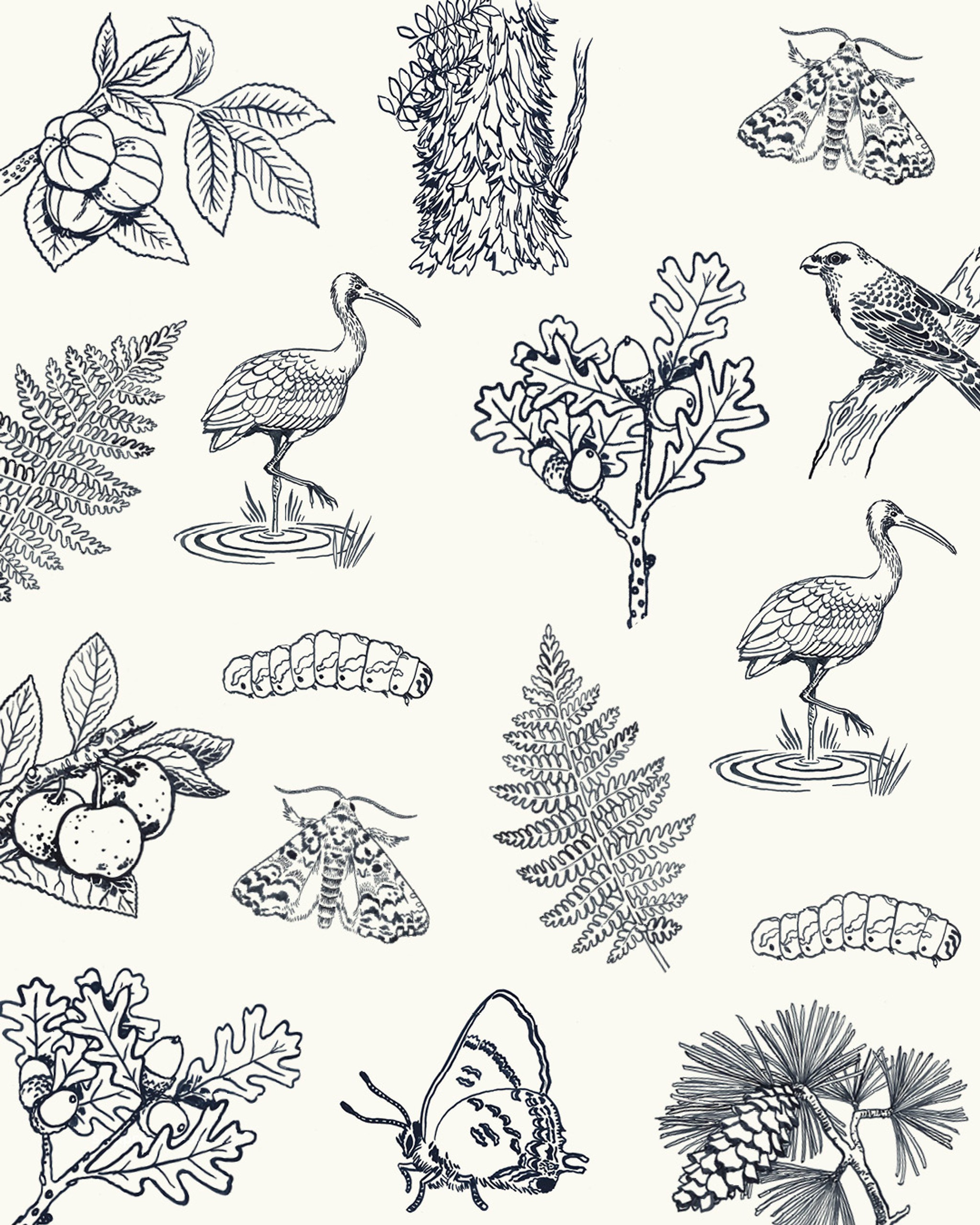Why We Build Biodiversity for Our Pocket Forests to Thrive

Did you know that 80% of our terrestrial species live in forests?
But forests don’t just provide a habitat for an astonishing array of wildlife; this diversity of wildlife also maintains the health of the forest in return. You need biodiversity, the biological variety and variability of life on Earth, for flourishing ecosystems to exist.
Though a forest consists of thousands of trees, it’s really one living entity containing many miniature ecosystems.
The ecosystems that trees support are a complex combination of millions of interspecies interactions and relationships, all enabling each other to succeed. Trees don’t exist as individuals, they’re part of an interconnected web of life, and every organism plays an important role in helping the forest thrive.

“You can think of biodiversity like cogs in a machine. If you remove one cog, or creature, the system falls out of balance. That is when problems start happening.”
James Godfrey-Faussett, Lead SUGi Forest Maker
In a healthy forest, you will find biodiversity in the canopy, the forest floor, and the soil.
Birds and mammals enable the dispersal of seeds, manage pests, and maintain the balance of the food web.
Insects cycle nutrients, aid soil formation, pollinate plants, and provide food for other creatures.
Food scraps, feces, and leaf litter drop to the forest floor to feed organisms in the soil. The soil food web allows for decomposition, breaking down nutrients to make them available for plants and protecting them from pests, diseases, and drought.
Biodiversity builds health, resilience, and stability within a forest.
A more diverse habitat can provide the different conditions needed to suit a variety of species. Insects cycle nutrients, aid soil formation, pollinate plants, and provide food for other creatures.
More species variety reduces the chance for pests, diseases, and natural disasters to wipe out an entire habitat. If one species succumbs to disease, another can step in to replace its role in the ecosystem.

SUGi builds biodiversity by planting pocket forests using the Miyawaki Method.
Our signature strategy for building biodiversity, climate resilience, and wellbeing, is based on the proven Miyawaki Method of planting ultra-dense, biodiverse forests of native species only. A diverse mix of 3-4 native saplings is planted per sq m.
As native fauna has adapted alongside native trees for millennia, native trees are more valuable for biodiversity. Local species have become reliant on them for food, breeding sites, and shelter.

Because of the denseness and multi-layering of SUGi forests, there is more shade and habitat for wildlife.
Increased leaf litter feeds a growing soil food web. More fruits and seeds provide a food source for hungry birds, insects, and mammals.
This dynamic interaction between plants and wildlife forms the basis of the ecological infrastructure that makes life on Earth possible. Without this biodiverse ecosystem, we would not have soil, food, air, climate, medicines, and other resources.




